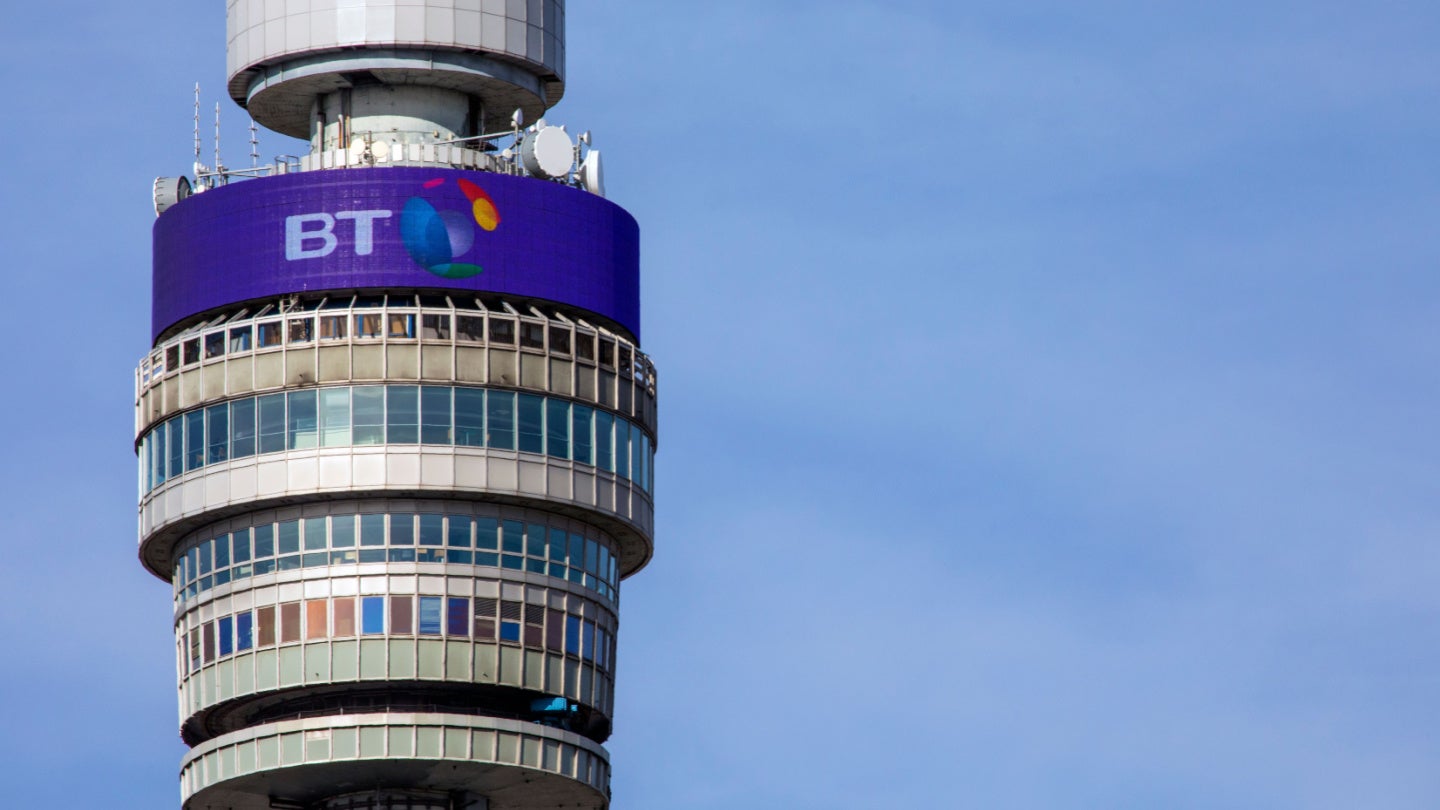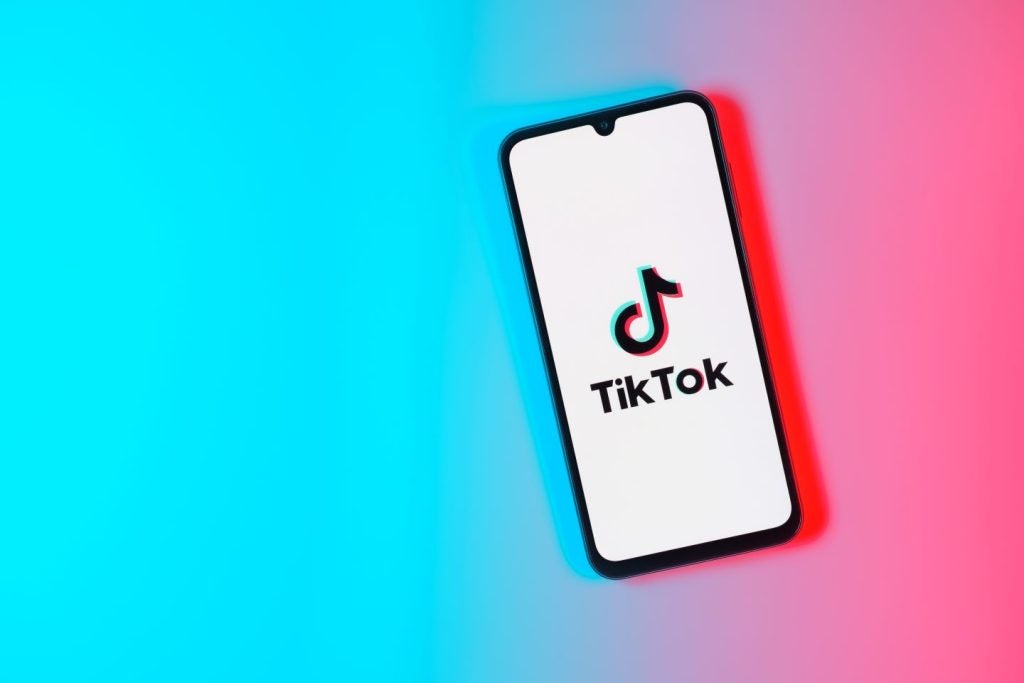
The UK’s leading telcoms infrastructure providers, BT, could release stand-alone 5G later this year, according to CTO Howard Watson.
During the 2024 MWC in Barcelona, Spain, Watson stated that BT was prioritising creating the correct 5G infrastructure and could be in a position to fully release it at some point later in the year.
“We have already been ensuring that the SIM cards that our customers have in their current 5G devices can do 5G stand-alone and once we think there is enough critical mass to have a real proposition, with some slicing behind it as well, we will launch that, and that will be later this year,” Watson said in an interview with CNBC.
UK mobile carriers like Vodafone and Virgin Media have already switched to 5G.
Mobile operator lobby group the GSMA named 5G as one of the major trends to watch during the 2024 MWC.
The GSMA also reported that 5G would continue its roll out momentum, predicting that it would account for more than half of mobile connectivity by 2030, becoming the dominant connectivity technology for mobiles worldwide.
5G has already experienced tremendous growth, growing from one billion connections at the end of 2022 to 1.6 billion in 2023.
In its 2023 thematic intelligence report into 5G, research and analysis company GlobalData expects European 5G connectivity to rise from 15% to 88% between 2022 and 2027.
GlobalData reported that the majority of 5G’s traction so far is down to enterprise use, as it becomes a primary access service for businesses.
In the majority of markets, 5G is not widely available in its stand-alone or true form, which offers its full benefits including higher speed, lower latency and high device density for Internet of Things.







